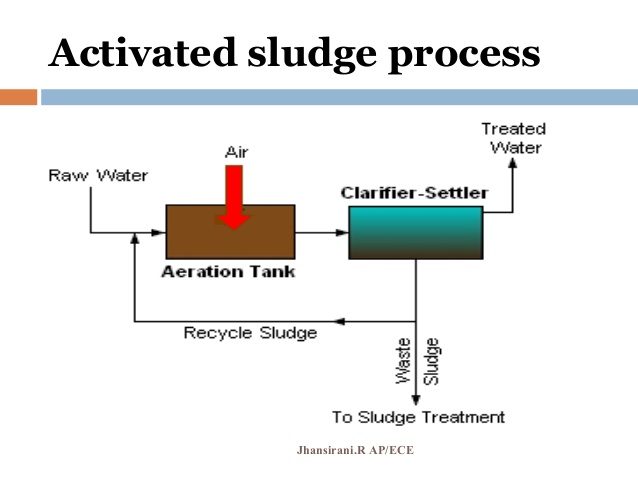Waste water treatment system
Wastewater treatment is a process used to remove contaminants from wastewater or sewage and convert it into an effluent that can be returned to the water cycle with acceptable impact on the environment, or reused for various purposes (called water reclamation). The treatment process takes place in a wastewater treatment plant (WWTP), also referred to as a Water Resource Recovery Facility (WRRF) or a Sewage Treatment Plant (STP) in the case of domestic wastewater. Pollutants in wastewater are removed, converted or broken down during the treatment process.
The treatment of wastewater is part of the overarching field of sanitation. Sanitation also includes the management of human waste and solid waste as well as stormwater (drainage) management. Basically there are 4 types of Waste water treatment systems.





